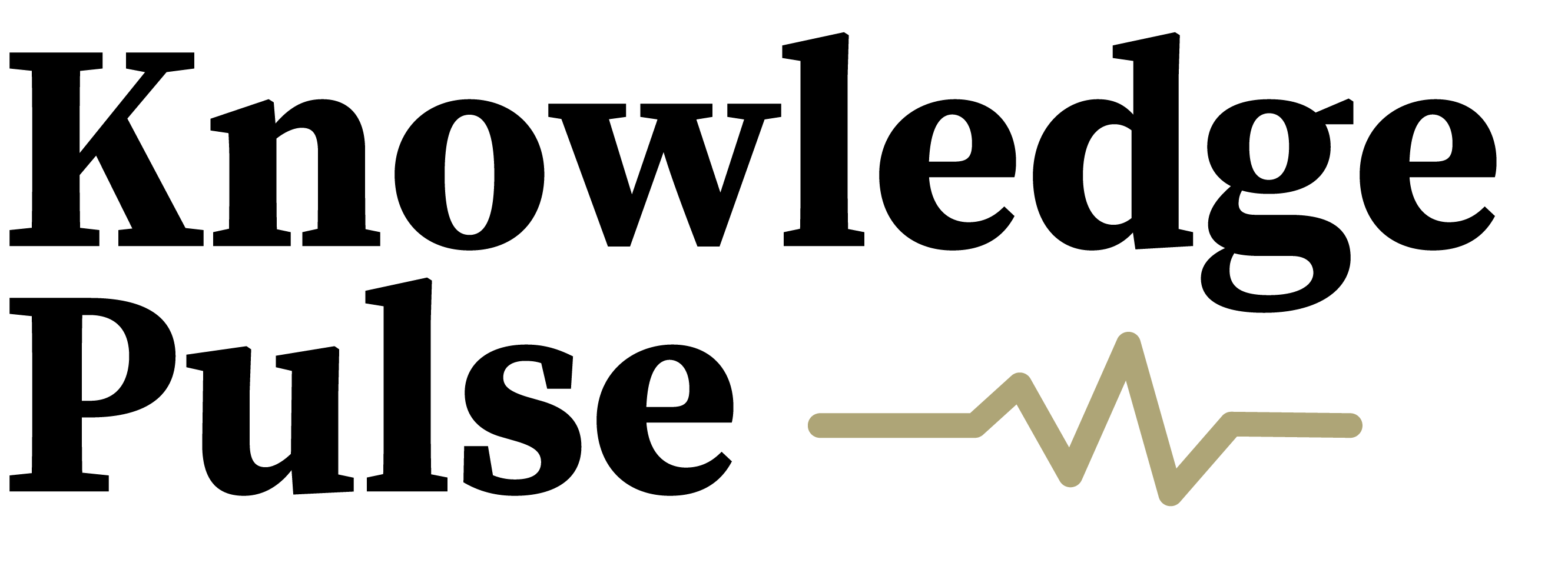Executive Summary
Social media platforms are designed to be addictive, leveraging psychological mechanisms that manipulate our dopamine system—the brain’s reward and motivation centre. Every like, comment, and notification triggers a dopamine release, creating habit-forming digital behaviours that can lead to reduced focus, increased anxiety, and compulsive social media use. This article explores how social media hijacks our dopamine system, the consequences of digital addiction, and practical steps to reset our brain’s natural reward pathways.
Table of Contents
- Introduction: The Link Between Social Media and Dopamine
- Understanding Dopamine: The Brain’s Reward System
- How Social Media Triggers Dopamine Release
- The Psychological and Physiological Effects of Social Media Addiction
- Signs Your Dopamine System is Dysregulated
- The Science Behind a Dopamine Reset
- Practical Strategies to Reset Your Dopamine System
- Long-Term Digital Well-being: How to Use Social Media Mindfully
- Conclusion: Taking Back Control of Your Dopamine System
1. Introduction: The Link Between Social Media and Dopamine
Social media companies intentionally design platforms to maximise engagement, using mechanisms similar to those found in gambling and addictive substances. Notifications, infinite scrolling, and unpredictable rewards trigger the brain’s dopamine system, keeping users hooked for hours. But how exactly does this work, and what are the long-term consequences?
2. Understanding Dopamine: The Brain’s Reward System
Dopamine is a neurotransmitter responsible for motivation, pleasure, and reinforcement of behaviours. While it plays a vital role in goal-directed actions, excessive stimulation from artificial sources—such as social media—can lead to dopamine imbalances.
How Dopamine Works:
- Encourages habit formation by reinforcing pleasurable experiences.
- Motivates goal-seeking behaviour (e.g., checking for likes and notifications).
- Creates anticipation for potential rewards, driving compulsive social media use.
Key Fact: Unlike natural dopamine boosts (from exercise or social interactions), social media provides an endless loop of artificial stimulation, leading to desensitisation over time.
3. How Social Media Triggers Dopamine Release
Social media platforms use psychological tricks to keep users engaged, exploiting the brain’s reward system.
| Social Media Feature | Dopamine Effect | Resulting Behaviour |
|---|---|---|
| Likes & Comments | Instant gratification | Creates validation-seeking habits |
| Push Notifications | Intermittent rewards | Triggers compulsive checking |
| Infinite Scrolling | Continuous novelty | Encourages binge consumption |
| Social Comparison | Dopamine-driven envy | Increases engagement & anxiety |
The Bottom Line: These mechanisms keep users addicted to social media, reducing real-world motivation while increasing digital dependency.
4. The Psychological and Physiological Effects of Social Media Addiction
Excessive social media use rewires the brain, leading to emotional, cognitive, and behavioural changes.
Psychological Effects:
✔ Reduced attention span – Constant switching between apps weakens focus.
✔ Increased anxiety and depression – Social comparison creates feelings of inadequacy.
✔ Dopamine crashes – The brain becomes dependent on digital stimulation.
Physiological Effects:
✔ Sleep disruption – Blue light exposure before bed reduces melatonin.
✔ Increased cortisol (stress hormone) levels – Constant notifications create alertness fatigue.
✔ Postural problems & eye strain – Prolonged screen use impacts physical health.
Key Insight: Just like any addiction, social media dependency alters brain chemistry, making it harder to enjoy real-world experiences.
5. Signs Your Dopamine System is Dysregulated
If your dopamine system is out of balance due to social media overuse, you may notice these signs:
- You feel restless or anxious without your phone.
- You check social media compulsively, even without a reason.
- Real-life experiences feel dull compared to online engagement.
- You struggle with focus and motivation for non-digital tasks.
- You experience frequent mood swings or irritability after scrolling.
Reality Check: If these symptoms sound familiar, it’s time for a dopamine reset.
6. The Science Behind a Dopamine Reset
A dopamine detox helps restore the brain’s natural reward system by reducing artificial dopamine spikes from social media.
How a Dopamine Reset Works:
- Eliminate or reduce digital overstimulation.
- Engage in activities that promote natural dopamine production.
- Allow the brain to rebalance reward pathways.
Scientific Insight: Studies show that dopamine receptors can recover after a period of reduced stimulation, leading to improved motivation, mental clarity, and emotional balance.
7. Practical Strategies to Reset Your Dopamine System
✔ Take a 7-day social media break.
✔ Turn off all non-essential notifications.
✔ Replace scrolling with real-world hobbies (e.g., exercise, reading, creative activities).
✔ Engage in deep work sessions without digital distractions.
✔ Prioritise face-to-face interactions over online conversations.








